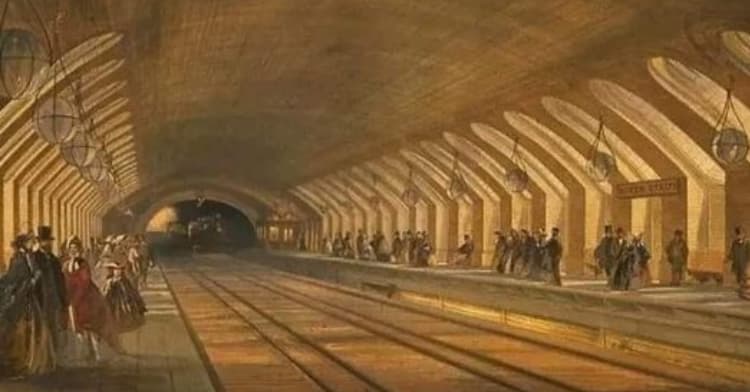Bridge House in Ambleside, nestled in the picturesque Lake District, stands as a remarkable example of architectural ingenuity and historical significance. Dating back to the 17th century, this unique building was originally constructed as an apple store for the Braithwaites, an influential family in the area, to avoid land tax.
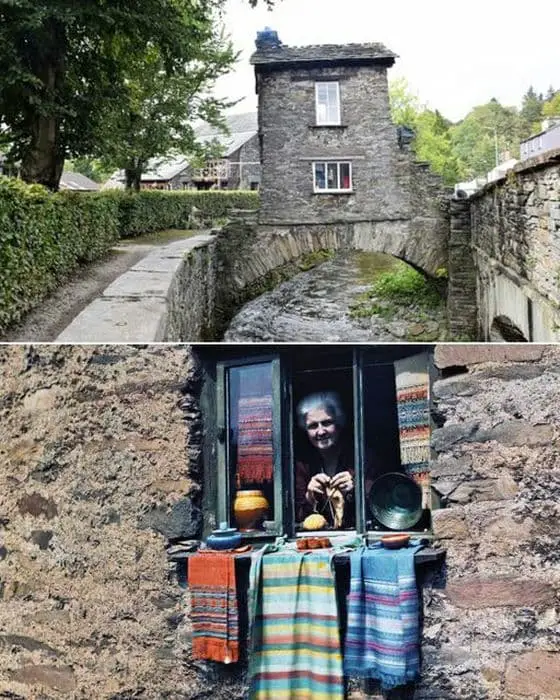
Built over Stock Beck, Bridge House served as a passage to access the Braithwaites’ lands on the other side while also functioning as a storage space for their apple orchards. The humpbacked bridge on which it stands predates the house by several centuries, adding to its charm and antiquity.

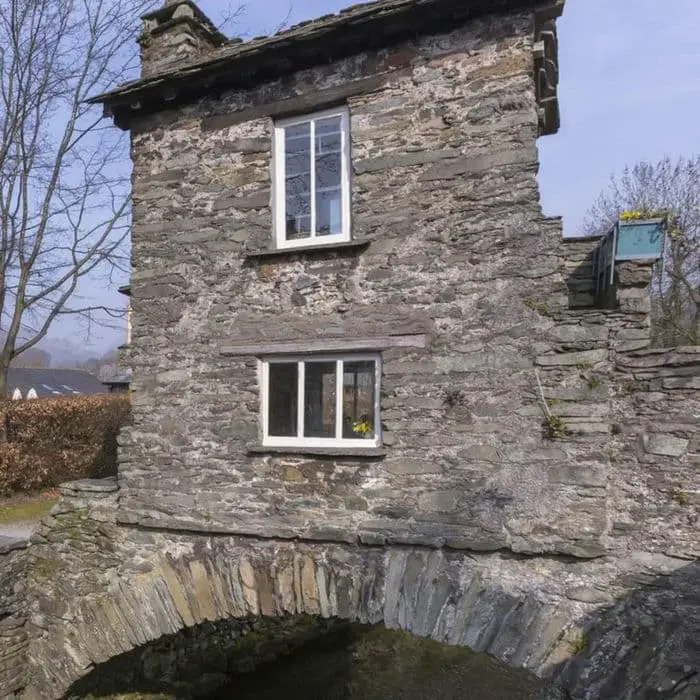
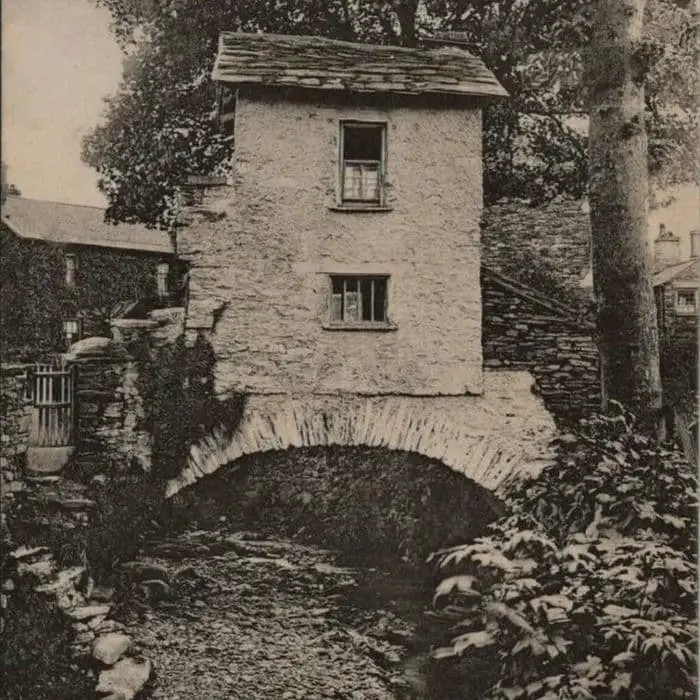
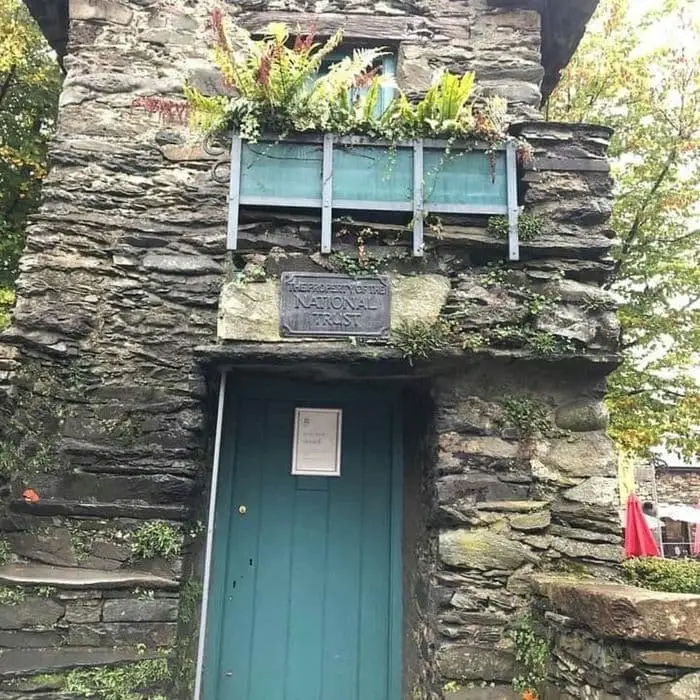
Throughout its history, Bridge House has had various practical uses, including as a counting house, tea room, weaving shop, cobbler’s, and even a dwelling for a family of eight. Despite its small size, the building has witnessed diverse activities and inhabitants over the centuries.
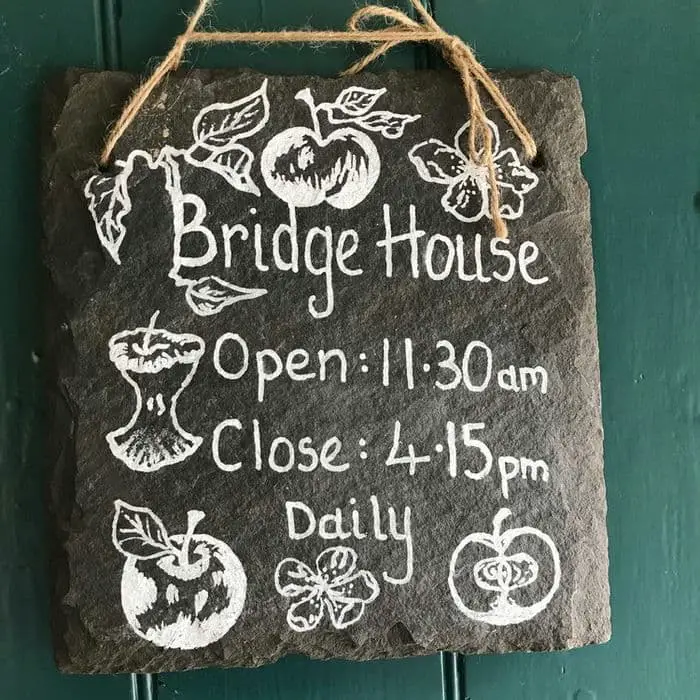
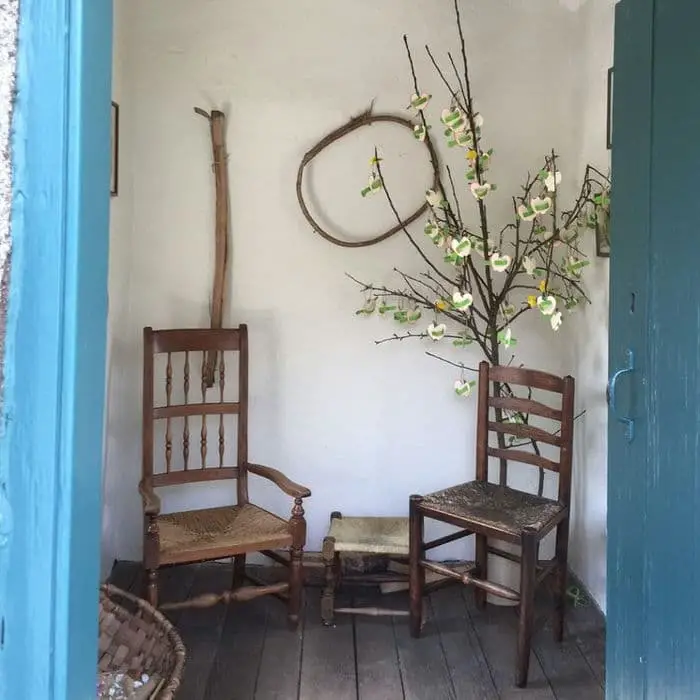
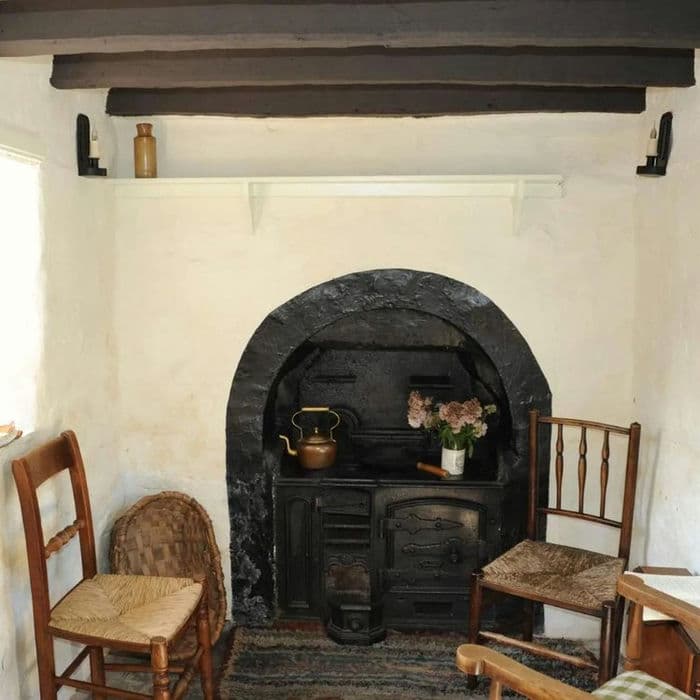
In the 1920s, concerned residents of Ambleside, including notable figures like Edith Fletcher, Gordon Wordsworth, and William Heelis, rallied together to save Bridge House from deterioration. Through fundraising efforts, they managed to purchase the building and donate it to the National Trust, ensuring its preservation for future generations.


Today, Bridge House is open to visitors on selected days, allowing them to explore its charming interior, which features a cast-iron range, rush-seat chairs, woven baskets, and traditional furnishings. The building’s historical significance and unique architecture have attracted artists, writers, and tourists alike, with notable mentions by J.M.W. Turner and Harriet Martineau.
Managed by the National Trust, Bridge House continues to captivate visitors with its enchanting allure and rich history. Its location in Ambleside, surrounded by the stunning landscapes of the Lake District, makes it a must-visit destination for those exploring the region’s natural beauty and cultural heritage.

